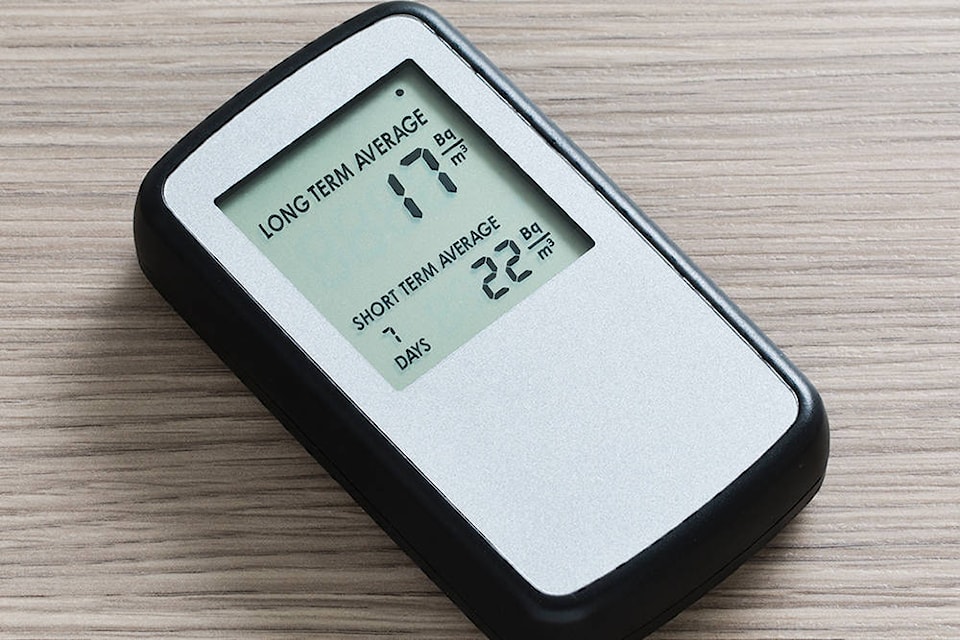School District #83 is planning precautionary radon testing in all district schools for the fall.
Operations manager Trevor Bettcher clarifies this testing is just a preventative measure, and there is currently no indication of increased radon levels in district schools.
However, Health Canada has made a recommendation that all schools and public buildings should be regularly tested for the presence of radon, and the district plans to initiate its own tests.
Read More: CSRD board educated on dangers of radon gas by experts
Read More: “Hangry” kids prompts petition for longer lunch time at B.C. elementary schools
Radon is a radioactive gas formed naturally by the breakdown of uranium residues in soil, rock and water. It cannot be detected by human senses, but is easily tracked using basic measurement equipment. When occurring outdoors, the radon presence is almost universally too low to be of concern, but when it finds a way into enclosed spaces it can become a cause of lung cancer.
According to Health Canada, there is no Canadian regulation marking an acceptable level of radon in buildings. However, Health Canada recommends frequent testing of residences and public buildings, and says action to reduce the presence of radon should be taken if measurements exceed 200 becquerels per cubic metre (a becquerel, or Bq, is a standard unit of measurement for radioactivity).
Health Canada clarifies that risks associated with radon exposure below this amount are very minimal, but because radon is a radioactive gas there is no ‘safe’ level and it should be kept at as low of a level as possible.
Bettcher says the school district’s operations team are doing the planning in the spring, but won’t be initiating testing until the fall. The best time to test a building for radon levels is during the fall and winter months when windows and doors are typically closed and less air circulation displaces the presence of radon gas.
Read More: A leading cause of lung cancer remains an unknown to most people
Read More: Wildlife artists contribute inspirational works to outdoor school
Testing won’t require any closures or large equipment. Passive sensors will be hung in different areas of the schools for at least three months, and monitoring will provide the average presence of radon over time. After measurements are complete, results will be sent to authorities and the district will plan for mitigation if necessary.
@Jodi_Brak117
jodi.brak@saobserver.net
Like us on Facebook and follow us on Twitter.
